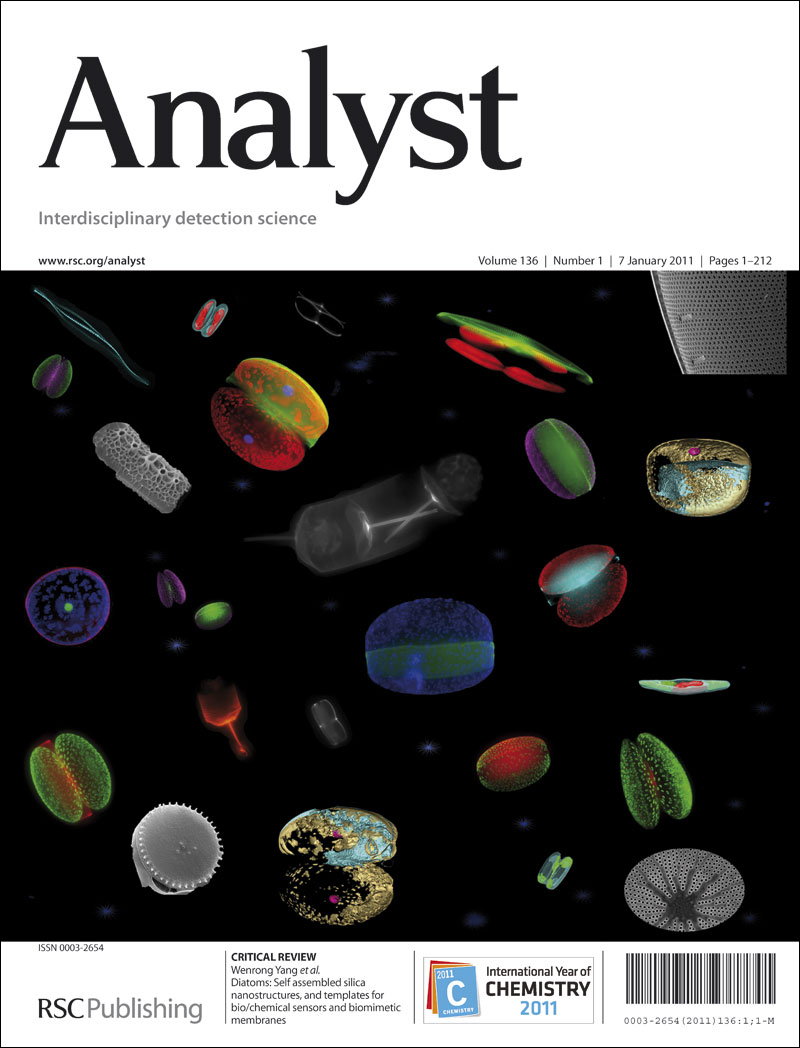探索3d打印溶剂活化电极用于水杨酸分析的潜力
IF 3.6
3区 化学
Q2 CHEMISTRY, ANALYTICAL
引用次数: 0
摘要
本研究评价了四氢呋喃(THF)活化的3d打印聚乳酸-炭黑(PLA-CB)电极的电化学性能。利用扫描电镜(SEM)、ATR-FTIR、接触角测量和光学轮廓术对电极进行了表征,以评估THF活化对电极表面和化学性质的影响。一系列氧化还原探针被用来研究内外球的电子转移过程,为电极的电化学行为提供了全面的了解。利用差分脉冲伏安法(DPV)进一步测试了活化电极测定水杨酸(SA)的能力。建立了校准曲线,并对化妆品(包括面部精华液和面霜)中的SA进行了初步分析。对获得的数据进行严格评估。本文章由计算机程序翻译,如有差异,请以英文原文为准。
Exploring the Potential of 3D-Printed Solvent Activated Electrodes for Salicylic Acid Analysis
This study evaluates the electrochemical properties of tetrahydrofuran (THF)-activated 3D-printed polylactic acid-carbon black (PLA-CB) electrodes. The electrodes were characterized using SEM, ATR-FTIR, contact angle measurements, and optical profilometry to assess the effects of THF activation on their surface and chemical properties. A range of redox probes were used to investigate both, outer- and inner-sphere electron transfer processes, providing a comprehensive understanding of the electrode's electrochemical behavior. The activated electrodes were further tested for their ability to determine salicylic acid (SA) using differential pulse voltammetry (DPV). Calibration curves were constructed, and preliminary analyses of SA in cosmetic products, including a face serum and a cream, were performed. Obtained data are critically assessed.
求助全文
通过发布文献求助,成功后即可免费获取论文全文。
去求助
来源期刊

Analyst
化学-分析化学
CiteScore
7.80
自引率
4.80%
发文量
636
审稿时长
1.9 months
期刊介绍:
"Analyst" journal is the home of premier fundamental discoveries, inventions and applications in the analytical and bioanalytical sciences.
 求助内容:
求助内容: 应助结果提醒方式:
应助结果提醒方式:


